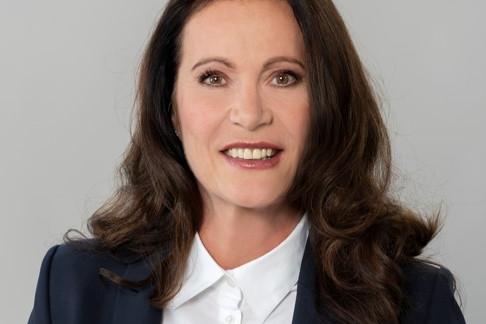As the effects of climate change become increasingly visible, the energy sector is going through a transformational journey as governments and companies are stepping up their efforts to reduce CO2 emissions. The recently published DHL white paper, “Logistics of the Energy Revolution,” sheds light on the transformation of the entire energy industry on the road to a net-zero future and how logistics has turned into its key enabler.
“A net-zero system will entail a profound shift towards electrification. We are however faced with the circumstance that renewable energies produce less power per installation than fossil fuels. This means that installed wind power capacity will need to increase by a factor of four, and solar photovoltaic by a factor of seven, between 2020 and 2030,” says Katja Busch, Chief Commercial Officer DHL and Head of DHL Customer Solutions and Innovation. “That is why it is important to address the growing role of electricity generated by renewable energy technologies and the resulting changes in requirements towards the logistics industry.”
The transition to net-zero will require an increase in the capacity of renewables but also an increase in the quantity of distributed generation capacity. Multiple factors, including the quality of local renewable resources, the availability of suitable sites, and the proximity of demand, will decide where renewables capacity will be deployed. Additionally, the electricity infrastructure of the area will have an influence on the distribution network.
In its white paper, DHL identified five key areas that are essential for the energy transition: collaboration, work end-to-end, focus on visibility and digitalization, identifying transferrable skills from adjacent industries, and pursuing sustainable logistics solutions. This implies that supply chains have to be transformed on multiple levels. Digitalization, new logistics management processes, and new technologies will help monitor and adjust consumption behavior, for example, in optimizing route choices for road transport or switching to less carbon-intensive transport modes.
“The energy transition is happening now, with logistics as a critical enabler of this revolution. A new energy landscape will emerge as demand for energy is expected to rise, especially in areas with growing economies such as in the Middle East region,” says Michael Wiedemann, President DHL Energy Sector. “The challenges for logistics in this case are threefold. First, the need for transportation capacity will grow. Secondly, the installation and expansion of new infrastructure combined with the service lifecycle. Finally, we need to address the relatively high carbon impacts in the supply chain for renewable energy deployment.”
Planning for the future and addressing the logistics challenges will be key to achieving the energy transition. All stakeholders must start to take responsibility and work closely together to drive the energy transition forward, which is crucial to solving emerging logistics challenges. As a leading logistics expert, DHL is dedicated to providing technology solutions that will contribute to a net-zero future.
Please visit www.dhl.com/energy-revolution to download the complete white paper.

